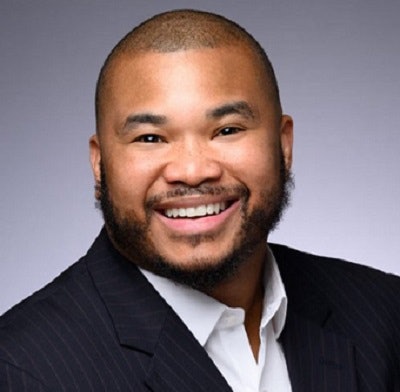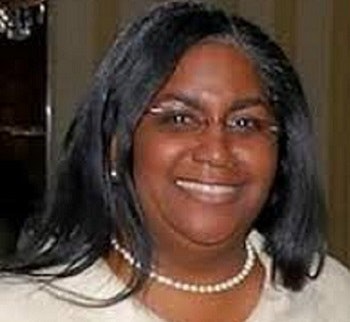Stepping Away from the Brink—Part III: Board Governance
Leadership at all levels of a college/university is critical to its effectiveness and success. While the President and his/her leadership team are in the driver seat of working with key constituents to set the strategic vision and plan for the institution and its implementation, Board of Trustees and Governors are a critical piece of the institution’s governance. They serve as a check to ensure the institution is operating soundly. These stakeholders bring an external viewpoint and lens that often gets lost amongst higher education leaders, who are in the thick of executing an institution’s operations. In our combined experiences, we have observed several types of boards: highly engaged, moderately engaged, and a sleepy board. Below we will describe what each means and draw from research—conversations at conferences such as the Association of Governing Boards, National Association of Presidential Assistants in Higher Education (NAPAHE), and the American Council on Education (ACE)—to provide descriptions of the various types of boards.
Due to our respective positions, we will not specify names, dates, or institutions as examples; rather, we will provide our data in detailed paragraphs describing the various types of boards we have either served on or observed.
 Dr. Edward Summers
Dr. Edward SummersHighly Engaged Boards are very active in the life and mind of an institution. They not only attend board meetings, but are highly involved with various aspects of the institution—whether attending faculty lectures, student events, sitting on panels, or advising various facets of the institution. These boards tend to conduct deep dives into various facets of an institution. They actually prepare prior to meetings, often asking for conference calls upon receiving board materials—ensuring they are providing their expertise and advice on areas critical to the institution’s functioning. These boards play a very important role in directing the institution. We shall caution, while these boards are highly engaged, they do allow the administration to lead and manage. Perhaps due to their alumni status and roles in the local community, they feel very invested in the college. Nonetheless, these boards are crucial to the governance of the institution. In our experiences, institutions with highly engaged boards tend to have their fingers on the pulse and stay ahead of the challenges facing higher education. They are also willing to ask critical questions that drive either the success or result in the lack of success of an institution. According to Patricia P. Jackson, executive director of college and foundation partnerships for the Fullbridge Program, “Fundraising is one of a board’s most basic and important responsibilities, and it is key to an institution’s financial stability.”
 Dr. Adriel A. Hilton
Dr. Adriel A. HiltonModerately Engaged Boards are engaged at board meetings and will attend special events. They also provide their financial support as well. These boards are concerned with the life and mind of the institution, but may not display as much attention to some of the daily operations of the institution; however, they remain important figures for the college or university. Their oversight and relationship with the president are important and help to guide the institution. They allow for the administration to do their jobs while always staying vigilant and curious about the direction of the college.
Sleepy Boards are not engaged, barely attend committee and board meetings, and while attending meetings, they tend to casually agree with the administration without asking important questions about the state of the institution. Essentially, these boards are rubber stamps. They commit to the Board out of their own desire to advance their careers and what they will get out of the institution. Alumni join the board out of their obligation as a notable alum, but are often too busy to commit to truly being a board member. These boards let the college do what they want without questioning assumptions and data presented at board meetings. We have experienced several instances where a board does nothing but agree with the administration. Boards often let institutions either thrive since the administration can do what they want, or in many cases, falter. These are often the places where institutions are on the brink of declining enrollments, face financial challenges, merge, or close altogether.
 Dr. Lessie Branch
Dr. Lessie BranchSo, what then? Each institutional leader must determine what type of board relations they would like to see. Every institution is not the same and may lack many of the historical and contextual factors that warrant say, a highly engaged board versus a moderately engaged board. It always takes a balancing act. What is micromanaging versus providing sufficient board oversight? How can the board provide oversight while respecting leadership and management? It takes a fine balance, and boards need to allow leaders to make their own decisions and lead institutions. While we do not recommend one way or another, sleepy boards—based on our experiences—create negligence and a lack of fiduciary responsibility, allowing an institution to run amuck and leaders to do what they want in light of the realities of the institution and the state of higher education.
Dr. Edward Summers is the Executive Director of The Bronx Private Industry Council Powered by Here to Here. Dr. Adriel A. Hilton is Dean of Students and Diversity Officer at Seton Hill University. Dr. Lessie Branch is Associate Dean of the School for Business at Metropolitan College of New York and Senior Fellow at the DuBois Bunche Center for Public Policy.


















